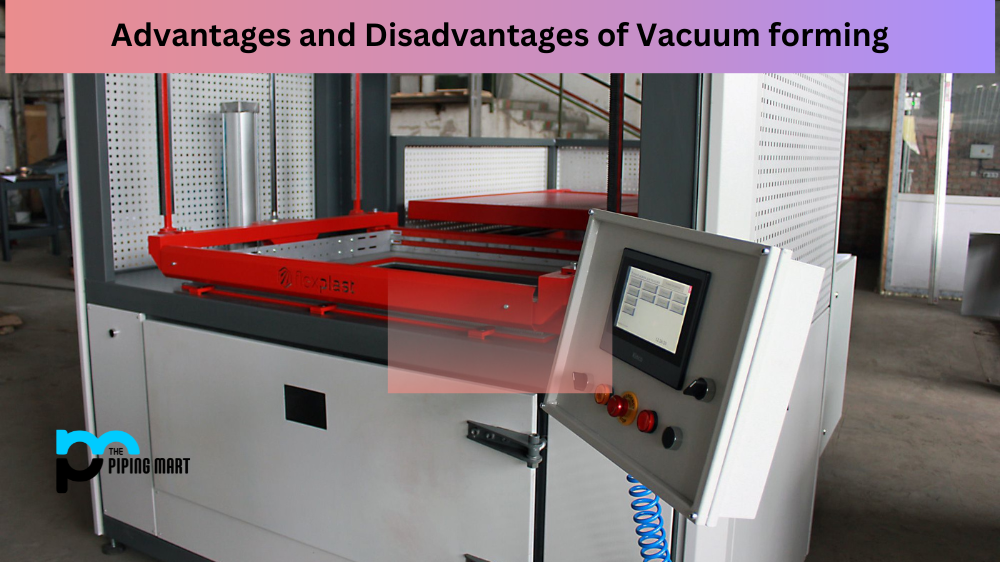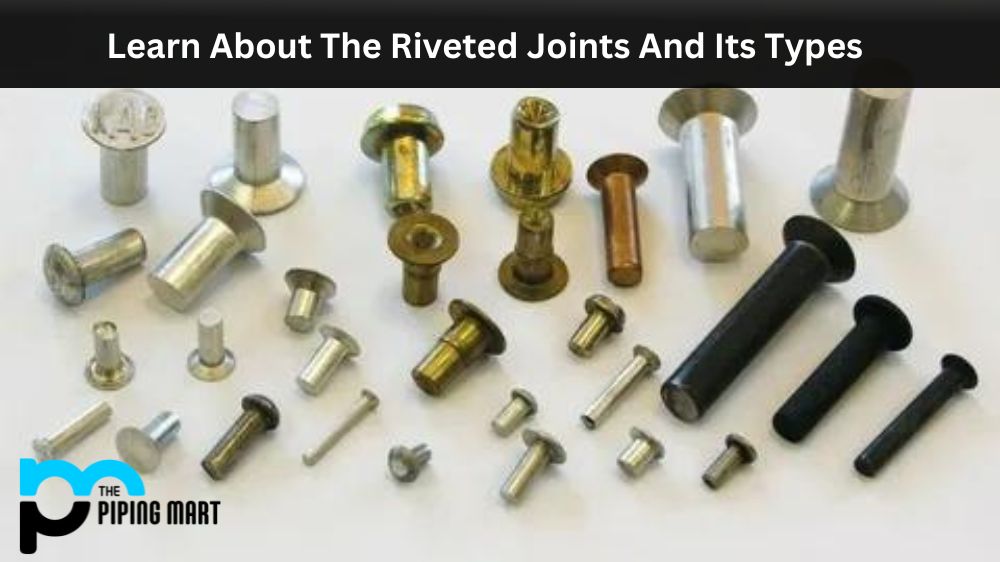Vacuum forming is a manufacturing process used to create plastic parts by heating a sheet of plastic material until it becomes soft and pliable. The heated sheet is then stretched over a mould, where it takes on the shape of the mould when a vacuum is applied. This process has been around since the 1950s, but it has become more popular in recent years due to advances in technology that make it faster and more cost-effective. In this blog post, we’ll discuss the advantages and disadvantages of vacuum forming so that you can decide if it’s right for your business.
Advantages of Vacuum Forming
Vacuum forming offers many advantages over other manufacturing processes. Firstly, it’s relatively inexpensive compared to other methods, such as injection moulding or thermoforming. It also requires less setup time than those processes, allowing for shorter lead times from concept to product completion. Additionally, vacuum forming can be used to produce complex shapes with great precision, making it ideal for creating intricate designs that would otherwise be difficult or impossible to achieve with traditional manufacturing methods. Finally, vacuum forming creates products with superior strength and durability compared to other methods.
Customizable
Vacuum forming is a highly customizable manufacturing process that can be used to create a wide variety of products. The process can be used to create products in a variety of shapes, sizes, and colours. Additionally, vacuum forming can be used to create products with a variety of textures and finishes.
Cost-Effective
Vacuum forming is also a cost-effective manufacturing process. The process is relatively quick and does not require expensive tools or materials. Additionally, vacuum-formed products can often be created using recycled materials, which helps to reduce costs even further.
Durable
Vacuum-formed products are also very durable. The products are resistant to impact and moisture, and they will not warp or deform over time. Additionally, vacuum-formed products can often be reused or recycled, which helps to reduce waste.
Lightweight
Another advantage of vacuum forming is that the products it creates are usually very lightweight. This is due to the fact that vacuum forming uses less material than other manufacturing processes such as injection molding. This makes vacuum formed products easier to transport and reduces shipping costs.
Versatile
Finally, vacuum forming is a versatile manufacturing process that can be used to create a wide variety of products. The process can be used to create everything from medical devices to car parts to packaging materials.
Disadvantages of Vacuum Forming
Despite its many benefits, there are some drawbacks to using vacuum forming as well. For example, because the process relies on heat to soften the plastic material, certain materials may not be suitable for use with vacuum forming due to their low melting points or high flammability ratings. Additionally, while this method can produce extremely accurate parts with fine details and tight tolerances, those parts will generally have thinner walls than those created via injection moulding or thermoforming since thicker walls require higher temperatures that could damage the mould or part itself. Finally, because the tooling costs associated with vacuum forming are typically lower than for other methods, such as injection moulding or thermoforming, long production runs may not be economical unless the moulds are replaced periodically.
Limited to Simple Shapes
One of the primary disadvantages of vacuum forming is that it is limited to simple shapes. Vacuum forming works by heating a sheet of plastic until it is soft and then using a vacuum to suck the plastic onto a mould. This process can only be used to create objects with relatively simple shapes, as more complex shapes would require the plastic to be heated in a different way.
Not Suitable for All Types of Plastic
Another disadvantage of vacuum forming is that it is not suitable for all types of plastic. In order for vacuum forming to work, the plastic must be able to soften when heated and then harden when cooled. Some types of plastic, such as polycarbonate, do not meet these criteria and cannot be used in vacuum forming.
Requires Expensive Equipment
Vacuum forming also requires expensive equipment, which can make it cost-prohibitive for some businesses. The equipment required includes an oven for heating the plastic, a mould for shaping the plastic, and a vacuum pump for sucking the plastic onto the mold. Additionally, businesses will need to invest in a supply of plastic sheets, which can be costly depending on the type of plastic being used.
Time-Consuming Process
Another downside to vacuum forming is that it is a time-consuming process. The entire process, from heating the plastic to cooling the finished product, can take several minutes. This can be problematic for businesses that need to produce large quantities of products in a short amount of time.
Limited Design Flexibility
Finally, vacuum forming also has limited design flexibility. As mentioned above, the process is only suitable for creating objects with simple shapes. This means that businesses that want to create products with more complex designs will need to use another manufacturing method.
Conclusion:
Vacuum forming is an effective way to create custom plastic parts quickly and affordably without sacrificing quality or accuracy. While there are some drawbacks—such as limited material options and thinner walls—the overall benefits make this process an attractive option for businesses looking for an efficient way to manufacture custom parts on demand without breaking the bank. Whether you’re producing one-off prototypes or need large volumes of identical components produced quickly and accurately, vacuum forming could be just what you need!

A passionate metal industry expert and blogger. With over 5 years of experience in the field, Palak brings a wealth of knowledge and insight to her writing. Whether discussing the latest trends in the metal industry or sharing tips, she is dedicated to helping others succeed in the metal industry.




